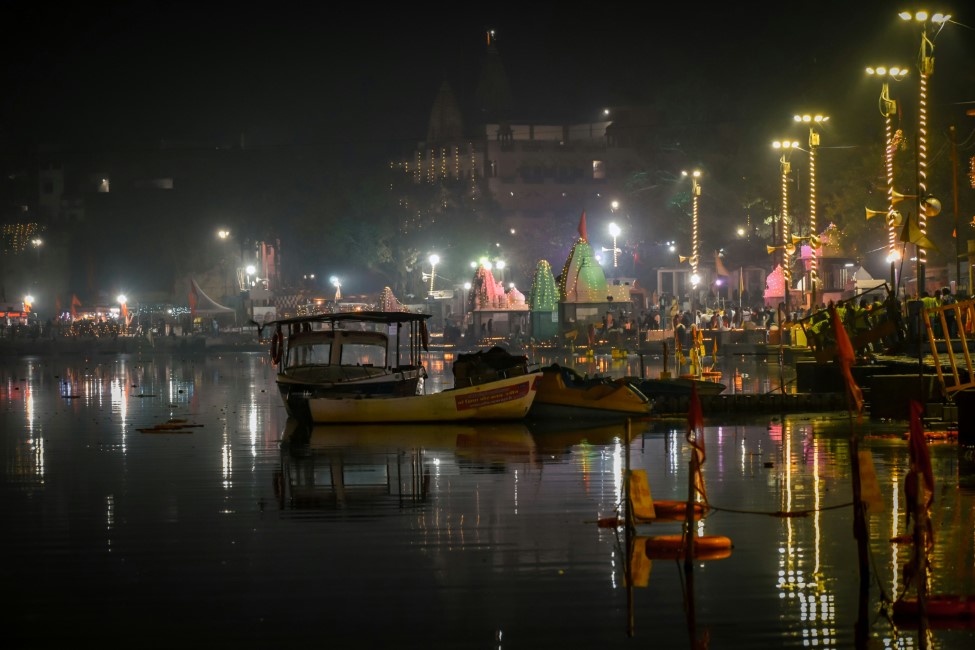Madhya Pradesh, with its mix of bustling cities and serene countryside, offers a range of local transport options to suit every travel style. Whether you're navigating heritage towns or heading deep into nature, knowing how to get around smoothly can elevate your travel experience.
1. Auto Rickshaws & Shared Tempos
Why read this: These are the most common and economical options for short distances within towns and cities.
Do: Negotiate fare before the ride if there’s no meter, or ask locals for the standard rates. Shared tempos (vikrams) are great for budget travel.
Don’t: Board unmarked or overcrowded autos, especially at night or in unfamiliar areas.
Final tip: In cities like Indore, Bhopal, or Jabalpur, auto rickshaws are more regulated—stick to metered ones when possible.
2. City Buses and Mini Vans
Why read this: Affordable and well-connected, they run across major urban and semi-urban areas.
Do: Use them for travel within larger cities like Gwalior or Bhopal. Fares are low and fixed.
Don’t: Expect air-conditioning or English signage in rural areas. Buses may get crowded during office hours.
Final tip: Sit near the driver or conductor if you're unfamiliar with local routes—they’re usually helpful.
3. App-based Cabs (Ola, Rapido)
Why read this: In major cities, these provide comfortable and safe rides with fare transparency.
Do: Use Ola for cab and auto bookings in places like Indore, Bhopal, and Jabalpur. Rapido is useful for bike rides.
Don’t: Rely on these services in rural or remote towns—they may be unavailable or have long wait times.
Final tip: Book via app during off-peak hours to avoid surge pricing or availability issues.
4. E-rickshaws and Battery Autos
Why read this: These eco-friendly rides are increasingly available in towns and temple zones like Ujjain and Orchha.
Do: Use them for short distances like between railway stations and tourist spots.
Don’t: Overload the e-rickshaw or take one without confirming the route.
Final tip: Great for local sightseeing—cheap, non-polluting, and safe for families.
5. Two-wheeler Rentals
Why read this: Ideal for exploring towns at your own pace—especially popular in places like Khajuraho and Pachmarhi.
Do: Carry a valid driving license and wear a helmet. Inspect the vehicle before riding.
Don’t: Ride in wildlife zones or unfamiliar terrain without guidance. Avoid late-night riding in isolated areas.
Final tip: Fuel is usually not included—check the tank and nearby petrol stations before heading out.
6. Private Taxis and Tourist Cabs
Why read this: Best suited for intercity travel, national park visits, or customized sightseeing plans.
Do: Book through MP Tourism counters, your hotel, or registered taxi services.
Don’t: Hire unlicensed taxis or agree to rides from touts at railway stations or bus stands.
Final tip: Always agree on the fare in advance or ask for a bill if booking via hotels or agencies.
7. Cycle Rickshaws
Why read this: Found in older market areas, they offer a slow-paced, nostalgic ride.
Do: Use them for short distances in towns like Chanderi, Maheshwar, or Mandu.
Don’t: Overload the rickshaw or expect quick transit—they’re for leisure, not speed.
Final tip: A great option for short rides through narrow lanes or for local market visits.
8. Intercity Buses (Private and MPSTDC)
Why read this: For traveling between cities and towns, these buses are economical and widely available.
Do: Choose government (MPSTDC, MPSRTC) or reputable private operators for better reliability and safety.
Don’t: Book roadside operators without checking schedules and condition of the bus.
Final tip: Use online platforms like RedBus or state portals for bookings and seat selection.
9. Local Trains & Passenger Rails
Why read this: Madhya Pradesh is well-connected by rail, and local trains are good for nearby city hops.
Do: Opt for reserved seating, especially on long routes. Check timings on the IRCTC app or station boards.
Don’t: Board unreserved compartments during rush hours—they get crowded.
Final tip: Carry a lock for your bags, and keep essentials in your daypack for easy access.
10. Walking Tours and Guided Local Explorations
Why read this: In towns with heritage sites, walking is the best way to explore narrow lanes and cultural pockets.
Do: Wear comfortable shoes and carry water. Join heritage walks or audio-guided tours if available.
Don’t: Walk alone late at night or in poorly lit areas. Avoid unpaved paths during monsoon.
Final tip: Maheshwar, Orchha, and Khajuraho are perfect for self-paced or guided walking tours.
Feature Image:- Photo by Garv Chaplot on Unsplash

